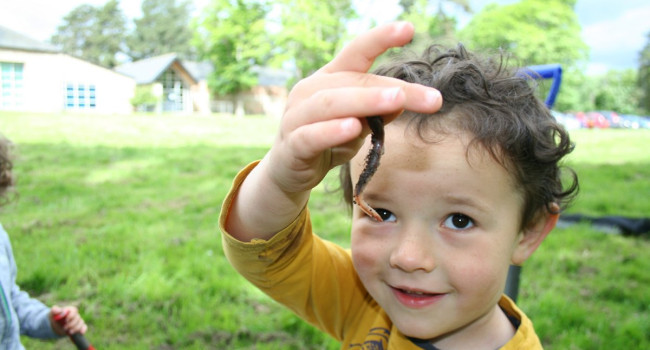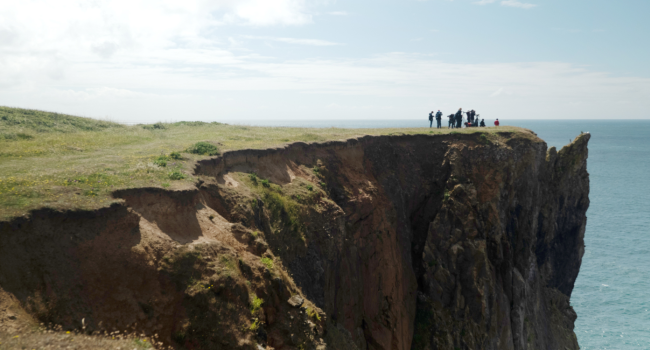Engaging schools with long-term monitoring of nature

Author(s): Pearce-Higgins, J.W.
Published: June 2021
Publisher: The Association for Science Education Pages: 5pp
Journal: School Science Review Volume: 102
View publicationIn a new paper for the School Science Review (SSR), a themed journal for science teachers, BTO’s Director of Science describes how schools can contribute to long-term biodiversity monitoring schemes, and the benefits to schools and students of them doing so.
Abstract
There are many benefits to engaging young people with nature. BTO’s What’s Under Your Feet project has shown how it is possible to do this in schools whilst also producing scientifically valuable data. By providing a structured scheme for schools to measure the abundance of soil invertebrates and birds using school playing fields, What’s Under Your Feet resulted in two scientific publications. The first showed how the abundance of soil invertebrates varies with season and habitat, and particularly the impact that drought can have on the availability of earthworms to birds in the surface of the soil. The second linked earthworm abundance to the numbers of the birds that feed on them, such as thrushes, raising the tantalising prospect that changes in bird populations may indicate changes in soil health.
The SSR paper lists a number of long-term biodiversity monitoring schemes, run by a mix of conservation organisations, that might be appropriate for schools to participate in. These schemes provide predictable and sustained opportunities for schools to participate in the collection of scientifically valuable data year on year. The benefits to the students include opportunities for training and feedback and opportunities to gain practical experience. Some schemes, such as BTO’s BirdTrack, provide an online repository of submitted data, whilst others provide access to additional information resources. These data can be used to provide students with experience of scientific analysis, and the paper suggests how this can be achieved, for example to look at climate change.
It is hoped that this new publication will increase awareness of the potential for schools to contribute to long-term biodiversity monitoring in the UK and highlight the value of them doing so. Recognising that many teachers are stretched, secondary school pupils can also help support these activities, for example through natural history clubs. Providing support for students in schools is one reason that the BTO has established its Youth Advisory Panel.






Share this page